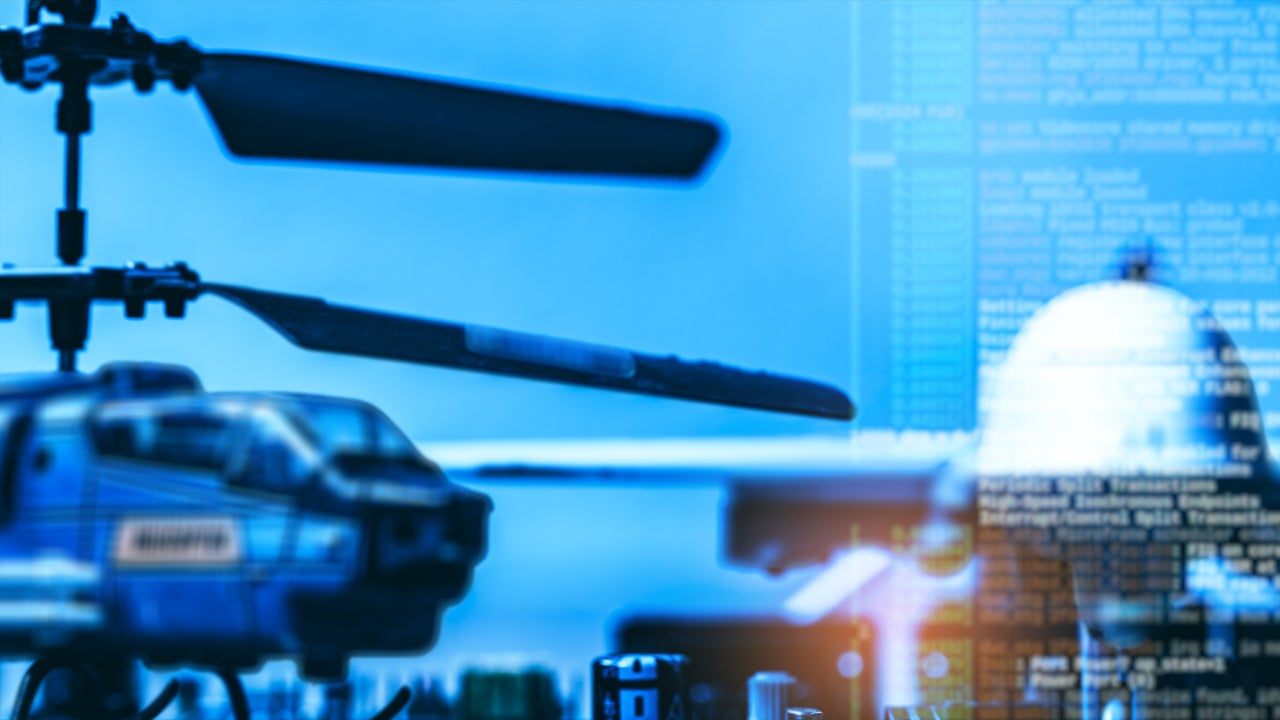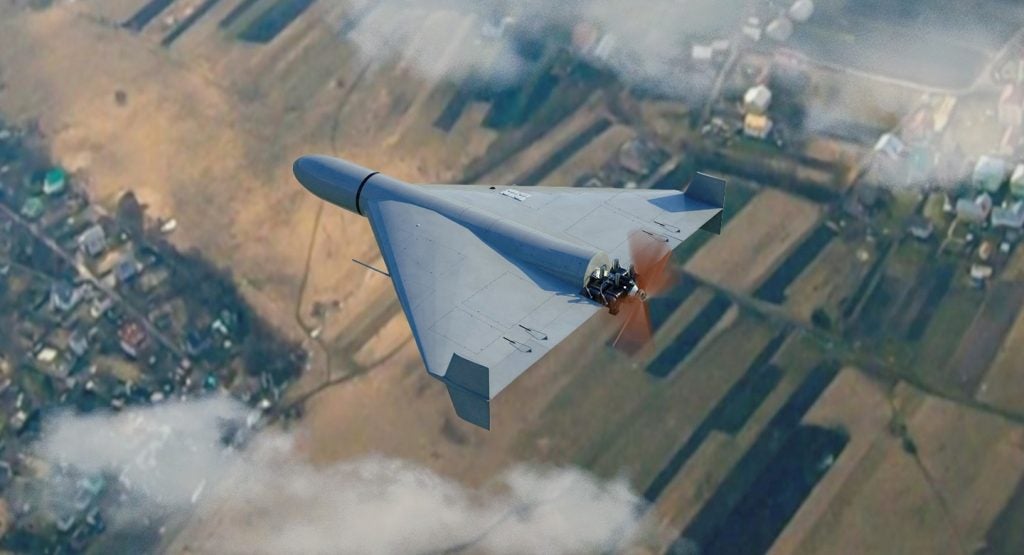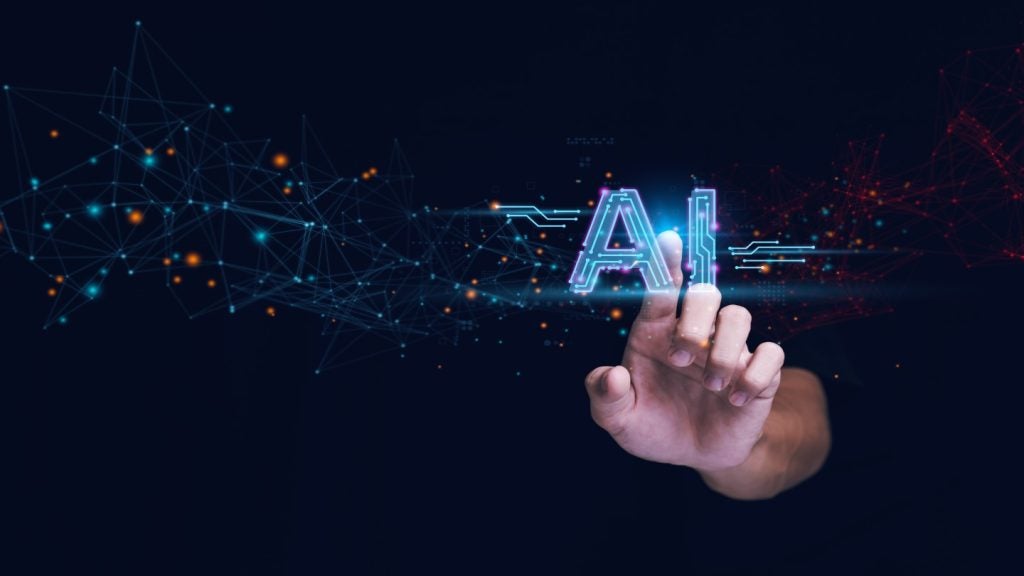Defence capabilities rely on effective cybersecurity. This is because the increase in cyberattacks exposes the risks countries face. These threats can come from state and non-state actors. Operating in the low-intensity warfare spectrum as it also known, attackers can disguise their identity and inflict serious economic, political and military losses. With networks and transactions among countries rapidly expanding the best way to protect themselves is through cooperation.
Defence Trends
Listed below are the key defence trends impacting the cybersecurity in defence theme, as identified by GlobalData
Hiding in the EW spectrum
IT systems emit electromagnetic signals. The higher the volume of those signals, the more likely is for their source to be attacked. Vessels, aircraft, other major platforms and most importantly Command Posts must be able to continue operating without disruptions, but also hide from enemy surveillance. The best approach is to hide in the ambient noise. That is the electromagnetic noise that already exists in the field.
Low-intensity warfare and cybersecurity
Countries with strained political relations often target each other’s military, financial, utilities and infrastructure capabilities with cyberattacks. The mode of attack can be of a physical nature. It can also be a cyberattack that sabotages the country’s industrial networks.
Cyberwarfare allows the offender to hide its tracks and at the same time cause serious disruption in a country’s ability to operate or fight if needed. The Grey Zone, that is the area between peaceful cooperation and open warfare is often filled by covert activities. Cyberwarfare is often taking place in that area and for that reason countries need to carry out offensive cyber-operations.
Personnel recruitment and retainment
One of the most serious problems faced by government agencies is recruitment. A career in the civilian sector is more appealing to skilled cybersecurity professionals, who can earn a higher income. The Ministry of Defences (MoDs) need to implement policies that will focus on talent management, while also engaging outsourcers and contractors. The US Army is looking to spend more money on its cybersecurity specialists, by offering retainment bonuses, which were accepted in exchange for additional years of service.
How well do you really know your competitors?
Access the most comprehensive Company Profiles on the market, powered by GlobalData. Save hours of research. Gain competitive edge.

Thank you!
Your download email will arrive shortly
Not ready to buy yet? Download a free sample
We are confident about the unique quality of our Company Profiles. However, we want you to make the most beneficial decision for your business, so we offer a free sample that you can download by submitting the below form
By GlobalDataEdge computing and cybersecurity
An increasing number of defence systems is relying on the Internet of Military Things (IoMT) to improve the exchange of data in a highly digitised battlefield or in supporting personnel and logistics functions of deployed forces. That brings edge computing at the forefront. Simply put, data processing is done at the edge of the network, closer to the source of data. That creates the need for systems with reduced latency, real-time processing, big-data analytics and increased data storage.
Although these capabilities improve the pace of decision-making, they are also targets for the enemy’s cyberattacks. Therefore, cybersecurity forces have to reorganise to tackle risks at the frontline.
Military-grade hardware
Although using commercial-off-the-shelf (COTS) technologies and hardware is becoming a norm in military procurement, the need to follow military-grading requirements cannot be overlooked. Many militaries still buy mission-specific equipment or sometimes make their own one to fit their needs. That increases costs and delivery times.
Procurement strategy
Cybersecurity is continually evolving trying to match the quick pace of the developments in the threat landscape. Addressing that problem requires an agile procurement strategy and processes in place. There are several approaches that could be taken to resolve that, such as supporting the relevant agencies with their own budget or fast-tracking their procurement through the adoption of legislative and financial measures.
Power utilities’ security threats to grow
Utilities’ existing systems are now becoming increasingly connected through sensors and networks and, due to their dispersed nature, are becoming increasingly difficult to control. This growing attack surface can potentially provide an opportunity for attackers to target the grid. Moreover, with the electrification of vehicle engines gradually becoming a reality, the military will have to rely up to a certain extent to the civilian grid. Therefore, it will become more exposed to its risks.
Addressing cybersecurity challenges will support industrial internet of things (IoT) uptake
While the IoT has become a key enabler in the modernisation of critical utilities’ infrastructure, it has also exposed power utilities to a host of new threats and vulnerabilities. Security therefore remains the number one obstacle to wider industrial IoT uptake.
The integration of IT elements into utilities’ operational systems has opened up industrial control systems, such as supervisory control and data acquisition (SCADA), to potential cyberattack.
Cooperation between public and private entities
Private companies establish their cybersecurity capabilities. However, they can easily be outmatched by an offender who is either a foreign state or an entity backed by another state. In such cases the type and sheer size of technical means employed by the offender can easily overwhelm the defences. To enhance their capabilities, private companies can outsource their cybersecurity to a dedicated provider and even cooperate with government agencies.
Mobility
Modern force structures are organised with mobility in mind in order to survive in the battlefield. All types of formations and expeditionary ones have to be in constant motion in the deployment and operational phases to survive and win a battle. That is critical especially when the opponent is a near-peer force, with advanced C4ISR capabilities, that allow the detection and engagement of friendly forces. Therefore, cybersecurity of edge systems has to be highly mobile as well.
Allied operations
Just like in any other aspect of modern warfare, allied forces must develop and train on tactics and procedures related to cybersecurity. Coordinating in that area is critical considering that the modern battlefield is becoming increasingly digitised.
Intellectual property
Intellectual property is one of the main targets of cyberattacks. New designs and technologies of defence systems and platforms has always been part of the Grey Zone. China has relied extensively on cyberattacks to defence companies and their supply chain to acquire secret information that would allow it to follow the technological competition with the US and other western countries.
This is an edited extract from the Cybersecurity in Defense: Thematic Research report produced by GlobalData Thematic Research.









